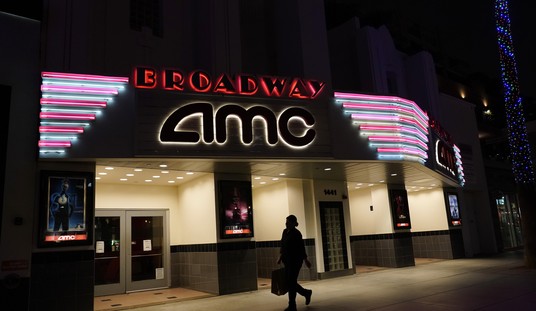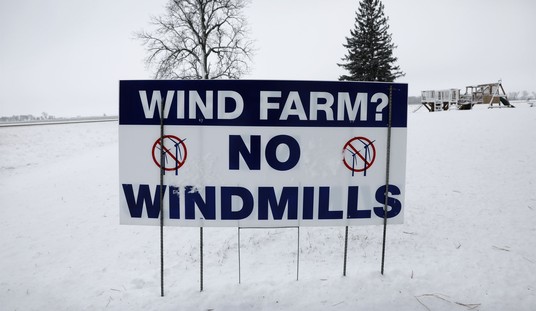I hope this is reliable. The antibody studies produced thus far in places like Santa Clara County have been ripped after the fact for their methodology. What we need to gauge prevalence across the population is a truly random sample, and random samples are hard when you’re asking for blood for a study like this. Logically, people with greater cause to believe they’ve been infected (e.g., they had COVID symptoms for a week in March) will be more willing to volunteer.
Assuming the methodology is sound, we can look at these numbers as a case of the glass being half full or half empty.
Percent positive by region:
Long Island: 16.7%
NYC: 21.2%
Westchester/Rockland: 11.7%
Rest of state: 3.6%(Weighted results)
— Andrew Cuomo (@NYGovCuomo) April 23, 2020
Half full: This is the highest prevalence I’ve heard of in any large population. The antibody tests we’ve seen so far in other locations suggest an infection rate of something like four percent but NYC has five times that number. At 21.2 percent, citywide prevalence would be even higher than it was in that sample of pregnant women taken at an NYC hospital in late March and early April. (Which isn’t surprising, as the virus had three additional weeks to circulate in the city since then.) Cuomo compared the number of deaths to the new statewide estimate of actual infections based on antibody testing and came up with this:
If the early results hold, that would mean about 2.7 million people were infected statewide.
This means the overall death rate of #coronavirus, at least in New York, may be lower than estimates.
Gov. Cuomo notes these are preliminary results https://t.co/y6QWrdVQCK pic.twitter.com/2ZsQFd83Gc
— Bloomberg (@business) April 23, 2020
A fatality rate of 0.5 percent, in line with many epidemiologists’ best estimates. (Although the question of how many undetected “excess” deaths there are from COVID alongside official confirmed deaths lingers.) For younger people, it’s doubtless much smaller than even 0.5. This morning, before Cuomo released this data, the city’s health commissioner said she wouldn’t be surprised to learn that one million people in New York City had been infected. If Cuomo’s numbers are right, it’s more like 1.8 million. NYC is further along towards herd immunity than even its own experts believed.
Half empty: It’s been a living hell there for the past month and they’re still only 30-40 percent of the way towards the prevalence they’d need, according to some experts, to reach herd immunity. That means 20,000+ more deaths to come on top of the 11,000 they’ve already suffered before transmission declines. It also means, in all likelihood, that the Oxford model of the disease is shot. If the hottest hot spot in the country has “only” 21 percent of the population infected, it’s ludicrous to think less hard-hit areas might have somehow achieved herd immunity beneath the radar via tens of millions of asymptomatic infections. According to Cuomo’s own data, upstate New York has an infection rate of just 3.6 percent, in line with the antibody studies we’re seeing in places like Santa Clara. It’s a safe bet that NYC will get to herd immunity before anywhere else in the U.S. but they have a long way to go and everywhere else has a really long way to go, including most of New York State.
And remember, all of the chatter about herd immunity involves assuming a best-case scenario in which being infected provides you with antibodies that render you durably immune from all strains of the virus. Scientists have no idea if that’s true yet.
Here’s CNBC describing the study’s methodology:
The state randomly tested 3,000 people at grocery stores and shopping locations across 19 counties in 40 localities to see if they had the antibodies to fight the coronavirus, indicating they have had the virus and recovered from it, Cuomo said…
The testing results may be skewed because “these are people who were out and about shopping,” Cuomo added. “They were not people who were in their home, they were not people isolated, they were not people who were quarantined who you could argue probably had a lower rate of infection because they wouldn’t come out of the house.”
It’s hard to say which way that cuts. Some people are holed up at home and refusing to visit the grocery store because they haven’t had the virus and are terrified of getting it. Others are holed up at home because they’re sick right now and don’t want to spread it. Depending on which group you believe to be bigger, the study could be overestimating or underestimating the actual number of infections.
I think the number on prevalence in NYC is bad news on balance given our hopes that they’d be near herd immunity, but here’s some bona fide good news to cheer us up. There may finally be a (partial) solution to America’s testing debacle.
#COVID19 FDA has authorized first saliva test from Rutgers for emergency usehttps://t.co/Yuel4q1gYu
— Andy Biotech (@AndyBiotech) April 22, 2020
If labs no longer need to waste time trying to procure those long swabs to scrape the back of people’s throats, they can process more tests more rapidly. That’s what we need to ramp up testing. Trump himself has reportedly been talking up the benefits of testing saliva in his chats with governors lately.
Exit question: What are we going to do about travel to and from New York City at a moment when residents there are, say, eight times more likely to have been infected than in most other parts of the country? If prevalence were the same nationwide, we wouldn’t need to worry about that. But with prevalence much higher in some places than others, we need to limit contact between the two or else risk seeding new outbreaks. What’s the strategy for that besides trusting people both inside and outside the city not to travel?
Update: Hoo boy. I hope this isn’t true. Twenty-one percent prevalence in NYC is low enough. Is there reason to believe the true number is actually lower?
From the scientists behind a best in class serology test developed at Mount Sinai. He thinks the New York seroprevalence estimates are too high, perhaps calling into question the precision of the test that New York used. Evidently, the state didn’t use the Sinai test 🤔 https://t.co/pMIGIHjZLr
— Scott Gottlieb, MD (@ScottGottliebMD) April 23, 2020








Join the conversation as a VIP Member